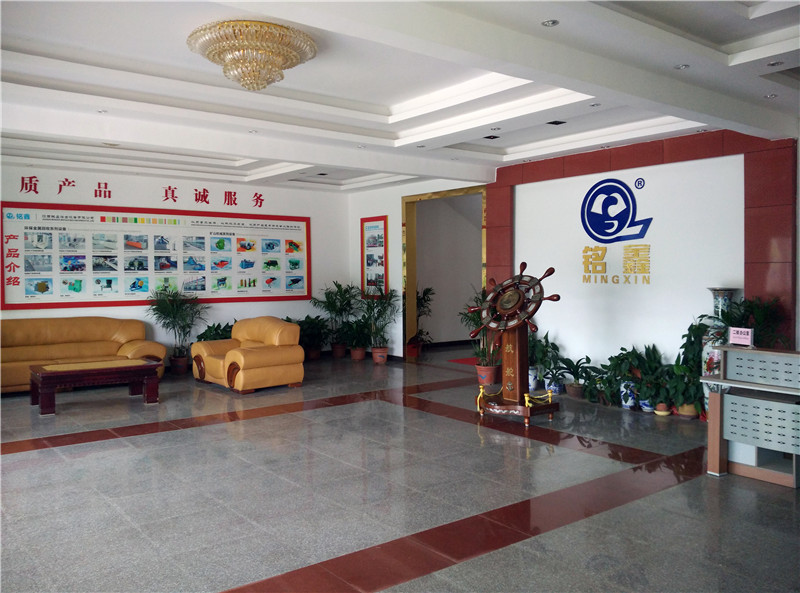1. Challenges to mining machinery in extreme cold environments
Typical issues:
Material embrittlement: Cold temperatures cause a reduction in the toughness of metallic materials, which can easily lead to fracture (e.g. hydraulic lines, structural components).
Lubrication failure: Conventional lubricants/greases solidify at low temperatures, increasing equipment wear.
Difficulty in starting: inefficient cold starting of diesel engines and degradation of battery performance.
Hydraulic system paralysis: increased viscosity and poor fluidity of hydraulic oil, slow action or even jamming.
Failure of electronic components: sensors and controllers are less stable below -40℃.
2. Anti-freezing core technology program
2.1 Low temperature adaptability design and material selection
Cold-resistant material application:
Low-temperature high-strength steel (such as ASTM A333 Grade 6) is used for the equipment frame and key load-bearing parts.
Silicone rubber seals (temperature range -60℃~200℃) are used to replace ordinary rubber to prevent seal failure.
Structural optimization:
Double insulated chambers for hydraulic lines and tanks to minimize heat loss.
Modular packaging of key components (such as the engine), integrated electric heating and heat insulation layer.
2.2 Heating and Insulation Technology
Active heating system:
Electric heating tape: wrapped around the surface of hydraulic pipeline and oil tank to maintain the oil temperature above -20℃.
Engine preheating: fuel heater (e.g. Webasto) with coolant circulation heating technology.
Battery thermostat compartment: built-in PTC heating pads to guarantee normal discharge of lithium battery at -40℃.
Passive insulation measures:
Aerogel insulation wraps key components (e.g. hydraulic pumps, valves).
Removable thermal insulation cover covers the exposed parts of the equipment (night shutdown protection).
2.3 Low temperature lubrication and hydraulic system optimization
Low temperature resistant lubricants:
Synthetic lubricants (e.g. PAO base oils) maintain fluidity at -50°C.
Graphene additive grease to reduce low temperature wear of friction parts.
Anti-freeze programs for hydraulic systems:
Low condensate hydraulic oil (pour point below -60℃) with automatic oil temperature adjustment valve.
Additional hydraulic oil circulation preheating pump to avoid clogging of oil circuit during cold start.
2.4 Electronic system cold protection
Cold-resistant electronic components: military-grade chips (operating temperature -55℃~125℃).
Circuit protection technology:
Heating circuit board (such as PCB built-in micro heating film).
Three-proof coating (moisture-proof, frost-proof, salt spray-proof) to protect the control module.
3. Application cases and effectiveness analysis
Case 1: Anti-freezing modification of mine cards in Siberian gold mines in Russia
Challenge: Average winter temperature -45°C, 40% increase in mining card failure rate.
Program:
Dual system of diesel fuel heater + electric preheating was adopted to guarantee cold start of the engine;
Hydraulic oil replaced with Mobil SHC 500 low temperature series;
Active temperature control system integrated in the cab and electronic cabin.
Effect: Winter operating efficiency was restored to 85% of the normal temperature level, and maintenance costs were reduced by 30%.
Case 2: Electric Excavator Freeze Protection Practices at a Canadian Polar Surface Mine
Technology highlights:
Battery pack equipped with liquid cooling cycle + self-heating module;
Critical joints (e.g. bucket articulation points) injected with cryogenic grease;
Remote monitoring system for real-time warning of icing risk.
Achievements: No major downtime accidents caused by low temperature for 3 consecutive years.
4. Technical Challenges and Countermeasures
4.1 Material fatigue caused by extreme temperature difference
Problem: The temperature difference between day and night exceeds 60℃, and the expansion and contraction of metal triggers structural micro-cracks.
Countermeasures:
Apply composite materials with matching expansion coefficients (e.g. titanium alloy + carbon fiber);
Introduce stress sensors to monitor the deformation of key parts.
4.2 Conflict between energy consumption and environmental protection
Problem: Heating system increases energy consumption, which conflicts with the goal of green mine.
Countermeasure:
[...]
[...]
[...]
[...]
[...]
[...]
[...]
[...]
[...]
[...]
[...]
[...]
[...]
[...]
[...]
[...]
[...]
[...]











